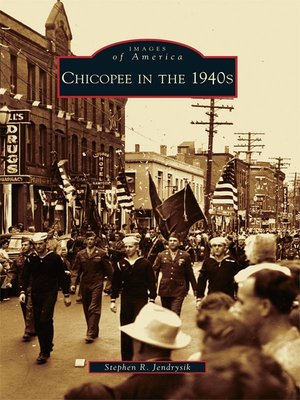
Sign up to save your library
With an OverDrive account, you can save your favorite libraries for at-a-glance information about availability. Find out more about OverDrive accounts.
Find this title in Libby, the library reading app by OverDrive.



Search for a digital library with this title
Title found at these libraries:
| Loading... |
In 1935, Chicopee was a small city struggling to emerge from a crippling depression and economic collapse. In 1936, the Connecticut River flooded, turning Chicopee's Willimansett section into a giant lake, and on September 21, 1938, a storm roared up the Connecticut Valley with winds of over 100 miles per hour. Rain flooded the already devastated streets and wiped out the Chicopee Falls Bridge. Between these disasters, the U.S. Congress passed the Wilcox Act, and in 1939, Secretary of War Harry W. Woodring announced that the tobacco plains of Chicopee had been selected as the site for the Northeast's Army Air Corps base. The super base, named Westover Field, was the largest air base in the country by 1942. During World War II, Chicopee would be one of four cities in Massachusetts to produce over a billion dollars worth of war materials, and following the war, the city grew and prospered at a record pace.






